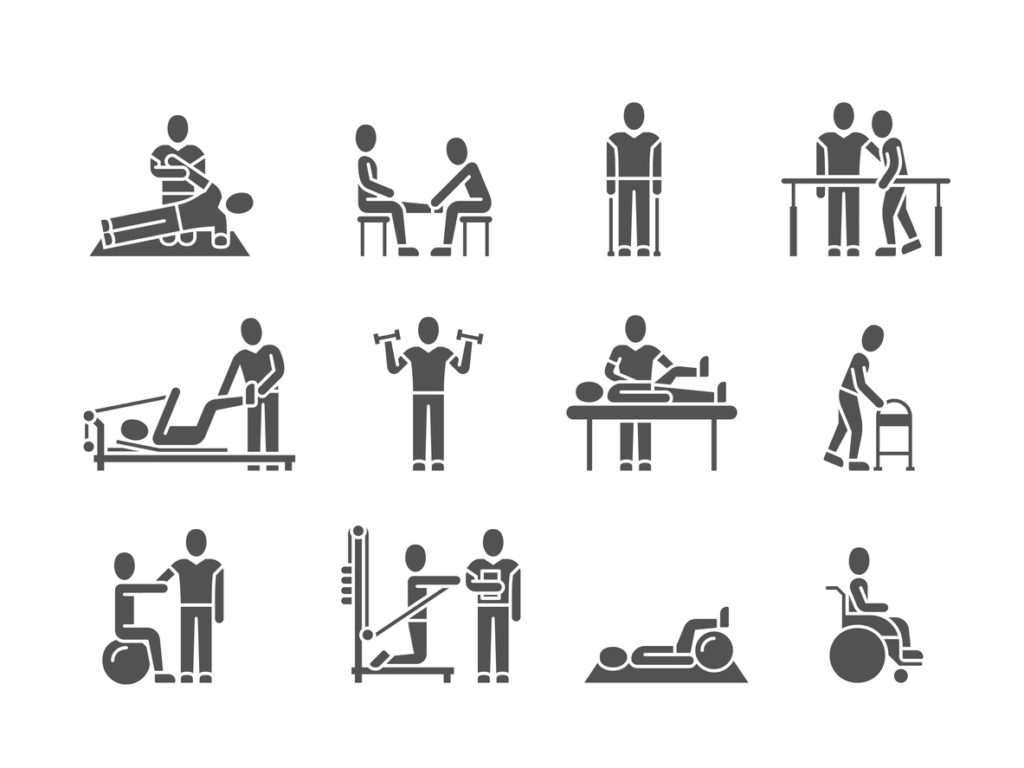Osteoporosis affects millions of postmenopausal women in the USA. The current approved treatments are all drugs that prevent bone loss and possibly result in small gains in bone mass. Another possible treatment consists of drugs that increase bone formation. There are currently two drugs that stimulate bone formation, sodium fluoride and human parathyroid hormone (hPTH). Neither of these two drugs has been approved by the FDA. APOMINE has shown significant bone formation in animal studies. In this study we plan to test whether APOMINE is able to stimulate new bone formation in women with osteoporosis or low bone mass.
Official Title
A Phase I/II Randomized Study of the Short-Term Effects of APOMINE vs Placebo in Postmenopausal women with Osteoporosis or Low Bone Mass
Conditions
Study Type
Interventional
Study Design
Treatment, Randomized, Double-Blind, Placebo Control, Parallel Assignment, Safety/Efficacy Study
Further Details
This study is a randomized, placebo-controlled, double-blind, parallel-group study to investigate the efficacy and safety of administering 3 dose levels of APOMINE at 25, 50, or 100 mg/day or placebo once a day as a capsule to postmenopausal women with low bone mass or osteoporosis. Eligible patients must be women between 45 and 75 years of age, have a diagnosed low bone mineral density or osteoporosis, and be at least 3 years post menopause. The primary endpoint of the study will be changes in bone formation markers (bone alkaline phosphatase and osteocalcin). The secondary endpoint of the study will be changes in bone formation markers (bone alkaline phosphatase, osteocalcin, and P-ICP) and bone resorption markers (serum C-telopeptide, urinary N-telopeptide). Blood samples will be drawn at each study visit to determine these bone markers as well as for normal laboratory tests. Bone mineral density measurements (DEXA) will be performed at the beginning and at the end of the study. Up to 60 subjects will be randomized as a cohort for treatment and treated with 25, 50, or 100 mg/day or placebo (15 subjects per group). All enrolled subjects will receive a daily calcium and Vitamin D supplement.
Study Start
January 2002
Eligibility & Criteria
Inclusion Criteria:All patients must meet all of the following criteria for study entry:- A diagnosis of osteoporosis or low bone mass (T score < or = to -1). - Female, 45 to 75 years old (inclusive). - Postmenopausal (cessation of menses or oophorectemy) by at least 3 years. - Bone mineral density: (BMD) at spine or hip >1 standard deviation below mean for young normals of same sex (T score < or = to -1). - Adequate liver function as indicated by a total bilirubin, AST, and ALT being within institutional normal limits. - Serum creatinine within institutional normal limits. - Signed, written informed consent. - Able to comply with study procedures and follow-up examinations. - Ionized calcium and 25-hydroxyvitamin D3 must be within institutional normal limits. - PTH must be within institutional normal limits. Exclusion Criteria:Patients who meet any of the following criteria will be excluded from study entry:- Known hypersensitivity to study drug or related compounds (e.g., bisphosphonates). - Use of any drugs for treatment of osteoporosis in the previous 6 months (e.g., bisphosphonates, hormone-replacement therapy [HRT]). - Any chronic or continued use of drugs that are known to affect bone metabolism (e.g., diuretics, glucocorticoids, oral contraceptives). - Gallstone diagnosed within the past 5 years or a history of multiple gallstones. - Previous significant gastrointestinal surgery (except appendectomy) or gastrointestinal disease. - Abnormal thyroid function (by thyroid-stimulating hormone [TSH] assay, normal range 0.5-5.0 U/L). - Secondary osteoporosis (e.g., steroid-induced) and/or any other disorder affecting calcium or mineral metabolism. - Use of investigational agents within previous 30 days. - Patients with existing heart problems (e.g., congestive heart failure, unstable angina, conduction delay). - Patients taking calcium channel blockers, beta blockers, digitalis, or antihypertensive agents. - Any other concurrent disease or condition that, in the judgment of the investigator, would make the patient inappropriate for entry into this study
Total Enrolment
60
Contact Details
More Information 1-866-ILEXONC
All content and media on the HealthEngine Blog is created and published online for informational purposes only. It is not intended to be a substitute for professional medical advice and should not be relied on as health or personal advice. Always seek the guidance of your doctor or other qualified health professional with any questions you may have regarding your health or a medical condition. Never disregard the advice of a medical professional, or delay in seeking it because of something you have read on this Website. If you think you may have a medical emergency, call your doctor, go to the nearest hospital emergency department, or call the emergency services immediately.







